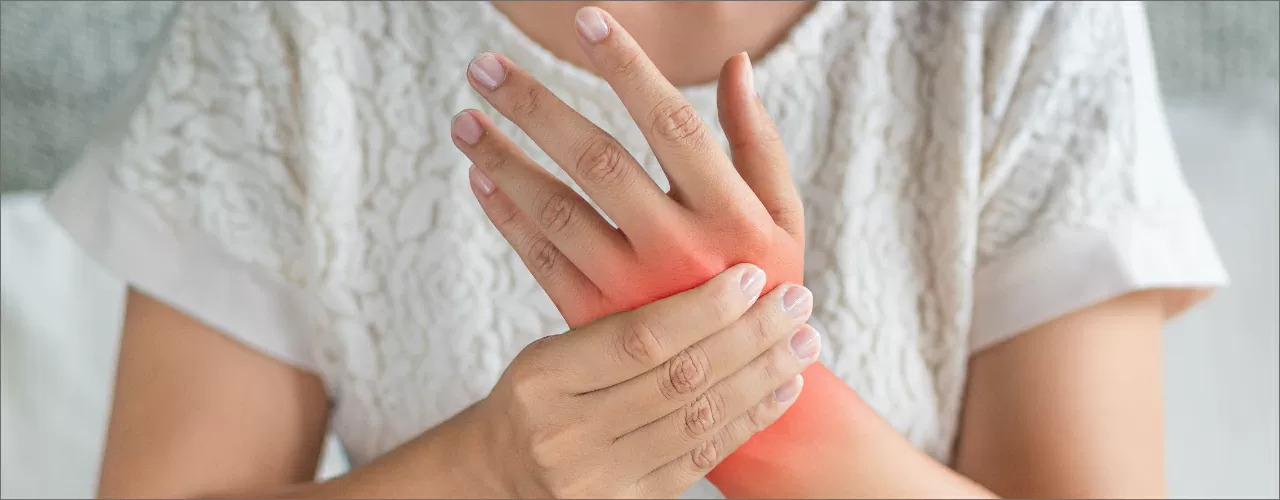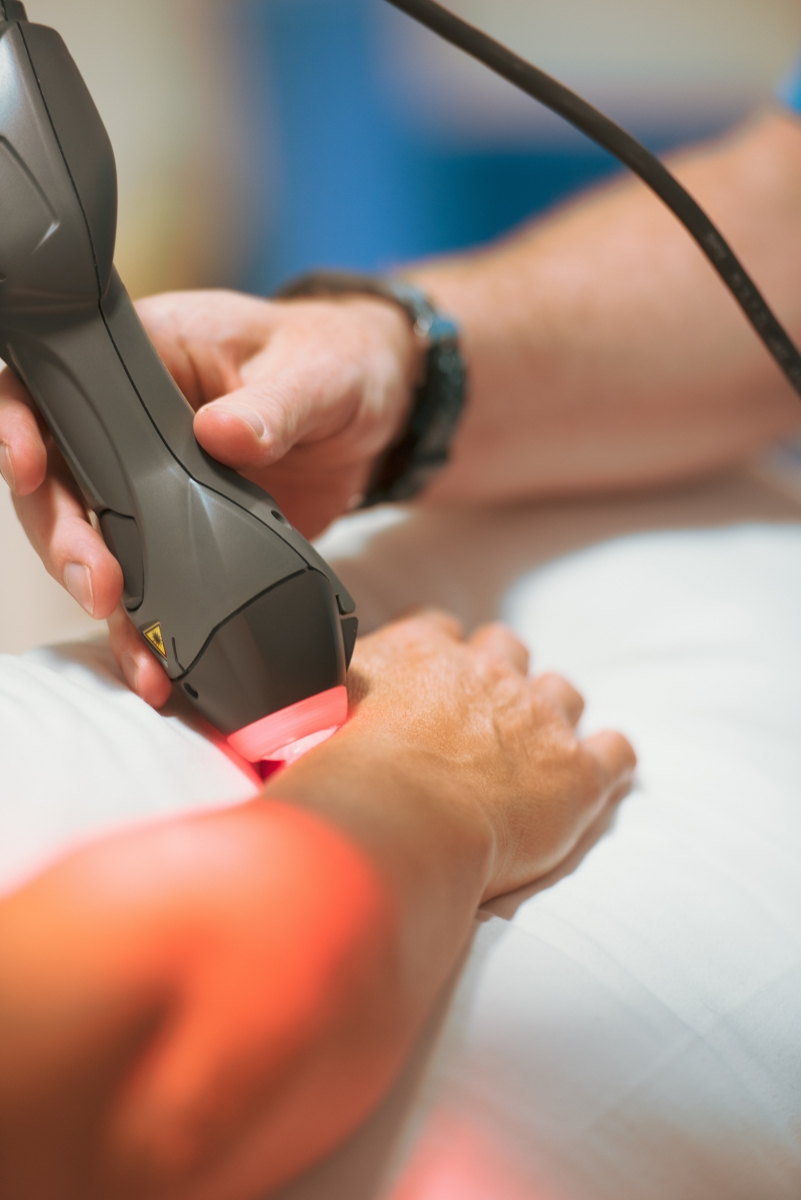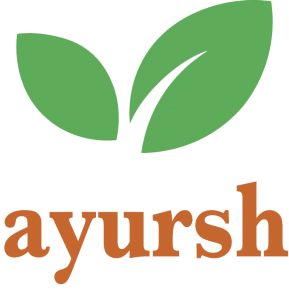 ● 60 minutes
● 60 minutesExercise Rehabilitation For Arthritis
Exercise and manual therapy are integral parts of managing arthritis, whether it's rheumatoid arthritis (RA) or osteoarthritis (OA). These methods aim to reduce pain, improve joint function, and enhance overall quality of life.
You can make your daily activities with rheumatoid arthritis (RA) easier with regular exercise. In Ayursh, we customize tailor - made exercise along with strengthening, posture correction, breathing and relaxation techniques depending upon the individual and functional requirement. Our movement experts of Ayursh will guide and monitor you throughout the sessions.
1. Range-of-Motion (ROM) Exercises. Purpose: Maintain or improve joint flexibility and mobility. Procedure: Passive ROM: A therapist moves the joint through its range while the patient relaxes. Useful for severe stiffness. Active ROM: The patient moves the joint through its full range independently. Useful for maintaining flexibility. Examples: Shoulder circles, wrist flexion and extension, ankle rotations.
2. Strengthening Exercises. Purpose: Strengthen muscles around the joints to provide support and stability. Procedure: Isometric Exercises: Muscle contractions without joint movement. Effective for building strength without straining the joint. Isotonic Exercises: Muscle contractions with joint movement. Helps improve muscle strength and joint stability. Examples: Isometric: Pressing against a wall or object without moving the joint. Isotonic: Leg lifts, bicep curls with light weights, resistance band exercises.
3. Stretching Exercises. Purpose: Improve joint flexibility, reduce stiffness, and enhance mobility. Procedure: Static Stretching: Holding a stretch for 15-30 seconds. Dynamic Stretching: Controlled movements through the full range of motion. Examples: Hamstring stretches, calf stretches, arm circles.
4. Balance and Coordination Exercises. Purpose: Improve stability and prevent falls. Procedure: Balance Training: Exercises to improve balance and coordination. Examples: Standing on one leg, using a balance board, or practicing Tai Chi.
5. Joint Mobilization. Purpose: Improve joint movement and reduce pain. Procedure: Grades I-IV Mobilization: Various grades from small, gentle movements to more intense mobilizations. Examples: Gentle gliding or rolling movements to increase joint range of motion.
6. Soft Tissue Mobilization. Purpose: Reduce muscle tension, improve circulation, and alleviate pain. Procedure: Massage Therapy: Techniques like effleurage (stroking), petrissage (kneading), and friction. Myofascial Release: Techniques targeting the fascia (connective tissue) to release tension. Examples: Swedish massage, deep tissue massage, trigger point therapy.
7. Joint Manipulation. Purpose: Improve joint alignment and function. Procedure: High-Velocity Low-Amplitude (HVLA) Adjustments: Quick, controlled movements to restore proper joint function. Examples: Chiropractor adjustments or manual therapy techniques performed by trained professionals.
8. Thermal Therapy. Purpose: Alleviate pain and stiffness. Procedure: Heat Therapy: Applying warm compresses or heating pads to relax muscles and increase blood flow. Cold Therapy: Applying cold packs to reduce inflammation and numb pain. Examples: Warm baths, heating pads, ice packs.











